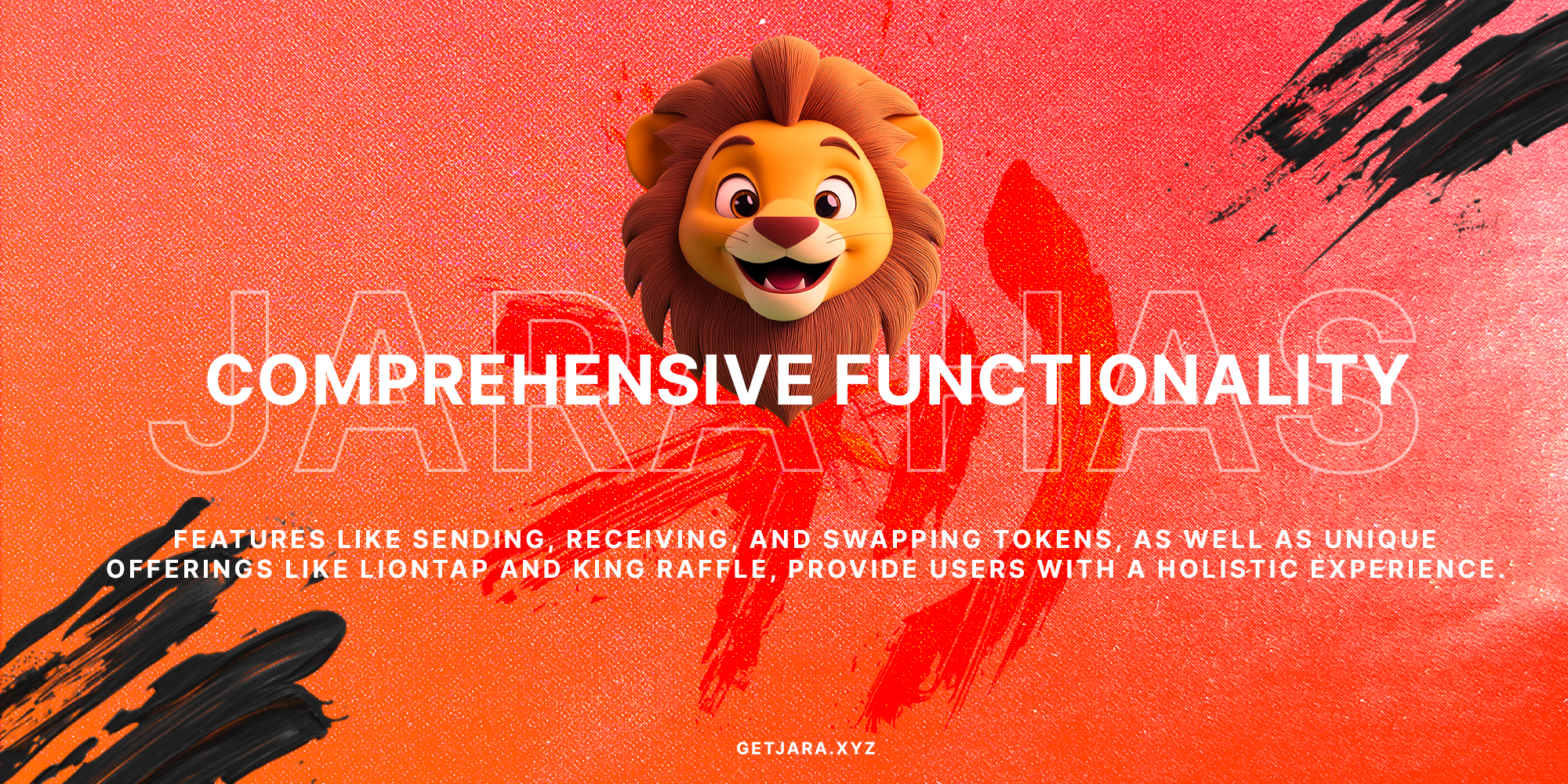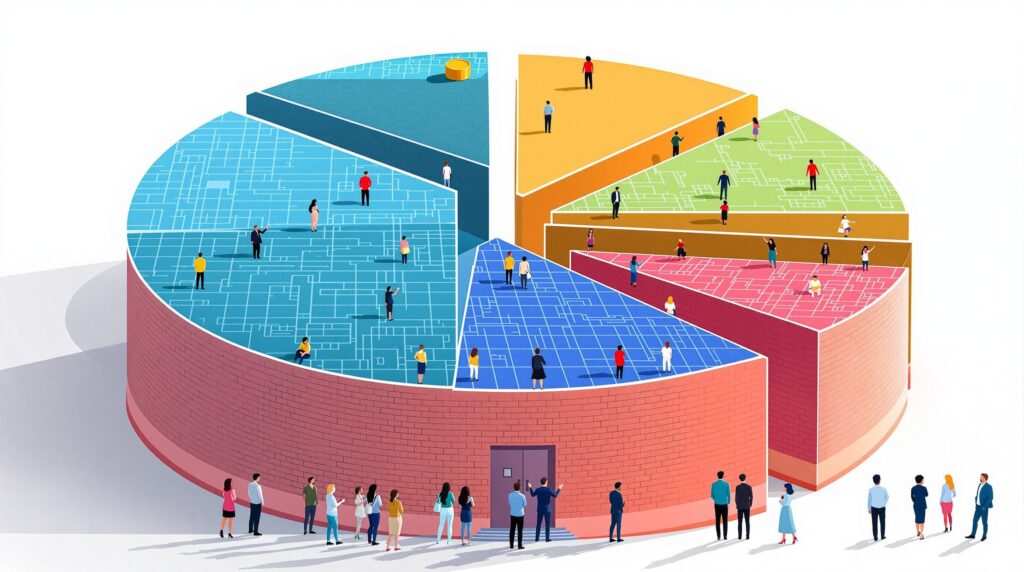Understanding Layer 1 Blockchains: Foundation of DeFi
Layer 1 blockchains are the primary networks responsible for validating and finalizing transactions within a blockchain ecosystem. These foundational blockchains provide the underlying architecture, enabling other blockchain layers to function efficiently. Known for their decentralization and security, Layer 1 blockchains like Bitcoin and Ethereum are pivotal in supporting Decentralized Finance (DeFi) applications and smart contracts. As the backbone of crypto innovation, they form the secure, trustless environment crucial for processing a vast array of blockchain transactions.
But what exactly do we mean by Layer 1 blockchains? Imagine them as the bedrock upon which skyscrapers of digital innovation stand. Just as a strong foundation supports tall buildings, Layer 1 blockchains offer the strength and security necessary for the entire crypto ecosystem to thrive. They ensure every transaction is transparent and immutable, akin to etching each financial transaction in stone.
What is a Layer 1 blockchain? A Layer 1 blockchain is the base layer in a blockchain architecture that validates and finalizes transactions independently.
Bitcoin and Ethereum: Leading the Layer 1 Landscape
At the forefront of Layer 1 technology are Bitcoin and Ethereum. These two giants not only maintain their unique protocols but also inspire countless innovations across the blockchain sphere. Bitcoin, often hailed as digital gold, offers unparalleled security and value storage. Meanwhile, Ethereum, with its revolutionary smart contracts, extends Layer 1 capabilities by allowing programmable, automated agreements to execute precisely as coded.
Jara’s Experience: In the context of Jara, our Layer 2 blockchain solution complements Layer 1 infrastructures, ensuring efficient tokenization of real-world assets like the ambitious Lagos airport project. With such Layer 1 underpinnings, our $JARA token ecosystem thrives by providing stability and scalability.
Security and Decentralization: Hallmarks of Layer 1 Blockchains
The strength of Layer 1 blockchains lies in their security protocols and decentralized nature. By utilizing consensus mechanisms like Proof of Work (PoW) for Bitcoin and transitioning to Proof of Stake (PoS) for Ethereum, they achieve a consensus over the network without relying on a central authority. This decentralization not only enhances security but also fosters trust, making it near impossible for malicious entities to manipulate the system.
Security Protocols: Robust cryptographic techniques safeguard data integrity.
- Consensus Mechanisms: Methods like PoW and PoS ensure the network’s reliability.
- Transparent Transactions: All changes are publicly recorded, providing accountability.
Layer 1 blockchains utilize consensus mechanisms to secure their networks by validating and finalizing transactions without the need for a central authority.
Understanding these principles provides insight into why Layer 1 blockchains form the cornerstone of the burgeoning digital asset economy. With security and efficiency at their core, they are pivotal for any blockchain initiative aiming for scalability and innovation, as seen in our own $JARA token project.
But the narrative doesn’t stop here. Understanding fraud involving Bitcoin and cryptocurrency offers a lens into the challenges and legal frameworks emerging alongside these technological advancements. It’s a dance between innovation and regulation, as blockchain technology continues to evolve.
The Role of Layer 1 Blockchains in DeFi
Decentralized Finance, or DeFi, represents a massive shift from traditional financial systems. Layer 1 blockchains empower DeFi by ensuring smart contracts and financial transactions are executed precisely as intended, without intermediaries like banks. This innovation opens doors to finance for the unbanked and transforms how financial products are accessed.
DeFi Applications: A New Horizon in Finance
- Unrestricted Access: Anyone with internet access can participate in DeFi.
- Smart Contracts: Automate transactions under predefined conditions.
- Disintermediation: Removes the need for traditional intermediaries like banks.
Layer 1 blockchains are essentially laying the groundwork for DeFi’s explosive growth. With lower barriers to entry and enhanced transparency, they pave the way for financial innovation. At Jara, we embrace these opportunities with our proprietary blockchain strategies, aiming for a transformative impact across Africa’s financial landscape.
While Layer 1 sets the stage, future growth depends on developing solutions that tackle current limitations, like scalability. Understanding how these layers interact provides insight into ongoing innovations.
As we delve deeper into the ecosystem of Layer 1 blockchains, the synergy between technology and finance becomes clear. The potential they unlock is vast, holding untold promise for digital economies worldwide.
Scalability Challenges and Solutions
One of the prominent challenges faced by Layer 1 blockchains is scalability. As transaction volumes increase, network congestion can become a significant issue. This occurs because all transactions need validation through consensus mechanisms like Proof-of-Work (PoW) or Proof-of-Stake (PoS), which may hinder transaction processing speeds. But how can these scalability issues be resolved?
Scalability in Layer 1 blockchains can be improved by using Layer 2 solutions such as roll-ups and sidechains, which enhance transaction throughput by processing transactions off-chain before settling them on the Layer 1 blockchain. This preserves the integrity and security of the original blockchain.
To better understand this, consider traditional highways and streets. Picture the Layer 1 blockchain as a busy main highway that can become congested with traffic (transactions). Layer 2 solutions then act like alternate routes or express lanes. They carry some of the traffic separately, easing congestion on the main highway and ensuring that vehicles (transactions) reach their destination faster.
Understanding Layer 2 Solutions: Roll-Ups and Sidechains
Layer 2 solutions are critical for solving scalability issues. Roll-ups and sidechains are two prevalent examples:
- Roll-Ups: These solutions consolidate multiple transactions into a single transaction when they are sent to the Layer 1 blockchain. They use cryptographic proofs to assure the validity of the bundled transactions, thus reducing the load on the blockchain network.
- Sidechains: Operating as separate blockchains, they connect to the main chain. These allow developers to explore new features or improvements without impacting the main network’s performance.
Implementing these solutions not only tackles congestion but also retains the network’s integrity and security. For anyone invested in securing a substantial investment in the digital economy, like the growth opportunities currently seen in Africa with initiatives like Jara’s comprehensive platform, recognizing these blockchain enhancements becomes essential.
“By implementing Layer 2 solutions, we create not only faster but more sustainable blockchain ecosystems, driving future innovation and accessibility.”
The Role of Consensus Mechanisms in Scalability
Consensus mechanisms are at the heart of a blockchain’s ability to function effectively. However, traditional mechanisms like Proof-of-Work (PoW) or Proof-of-Stake (PoS) often come with scalability limitations:
- Proof-of-Work (PoW): While highly secure, it is resource-intensive and might slow transaction speed as it requires each transaction to be validated individually.
- Proof-of-Stake (PoS): This method reduces resource usage by selecting validators based on their stake in the blockchain, which can in many scenarios speed up the transaction process.
Exploring potential enhancements or shifts in consensus mechanisms can be another strategy for addressing scalability while also maintaining system security. For businesses and platforms, especially in rapidly growing markets like Africa under the umbrella of projects led by innovative organizations such as Jara, aligning with these technological advancements is crucial to maximize utility and economic growth.
Real-World Implications for Blockchain Adoption
Understanding and overcoming scalability challenges unlocks new doors for blockchain application. With more efficient solutions in place, blockchain can transcend its current limitations, offering wide-ranging applications across sectors like finance, energy, and beyond. This is particularly relevant for regions like Africa, where initiatives such as Jara are at the forefront of driving digital revolution through blockchain technology.
The ability to process more transactions swiftly and without undue strain on resources means transformative potential for industries dependent on rapid and secure transaction processing. This capacity not only fosters broader blockchain adoption but also fuels the momentum towards financial inclusivity and innovation.
“Jara envisions a thriving digital asset ecosystem fueled by efficient blockchain technology and enhanced by scalability solutions that meet the unique needs of the African market.”
In conclusion, as Layer 1 and Layer 2 technologies continue to evolve, they hold the promise of not only resolving pressing issues like scalability but also paving the way for blockchain’s future as a backbone of next-generation economies. Embracing these solutions ensures that platforms like Jara can spearhead innovation and economic development in their ecosystems.
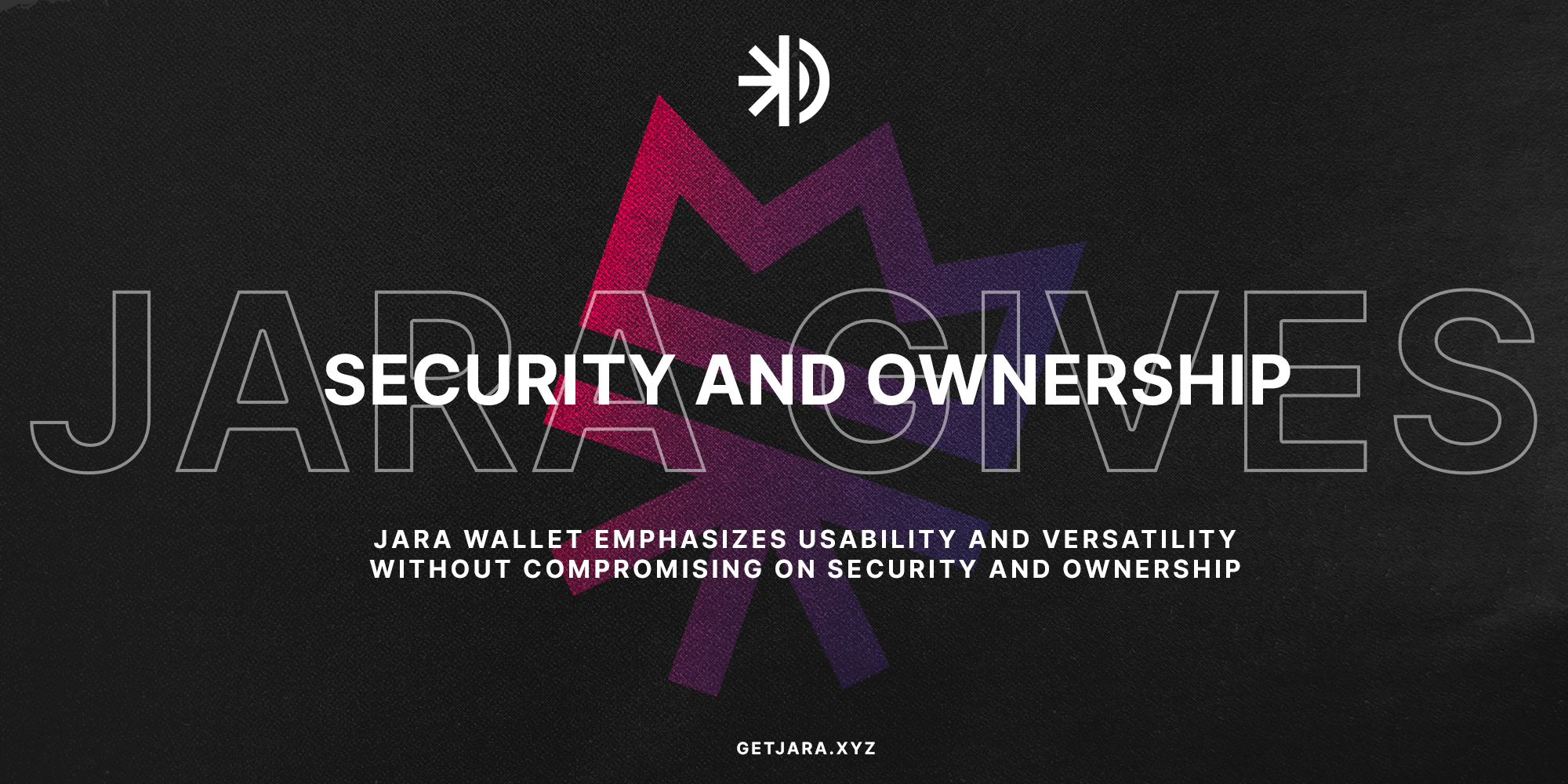
Layer 1 vs Layer 2: A Comparative Insight
Understanding the distinction between Layer 1 and Layer 2 blockchains is crucial for anyone venturing into the realm of cryptocurrency. While both layers aim to enhance the functionality and efficiency of blockchain networks, they cater to different needs and challenges within the blockchain ecosystem.
What is a Layer 1 Blockchain? A Layer 1 blockchain is a foundational, independent blockchain network that includes its native protocol, responsible for transaction validation, ledger maintenance, and network-wide consensus.
Layer 1 blockchains serve as the backbone of the crypto world, handling all core transactions and maintaining network security. Bitcoin and Ethereum are prime examples of Layer 1, as they operate independently, providing a complete ecosystem for data validation and transaction finalization.
Conversely, Layer 2 solutions, such as the Lightning Network for Bitcoin, act as supplementary structures. Their main purpose is to tackle scalability limitations by processing transactions off-chain, effectively reducing congestion on Layer 1 networks. This innovation allows for faster and more cost-effective transactions, ensuring optimal performance even under high traffic.
| Layer | Function | Example |
|---|---|---|
| Layer 1 | Independent transaction validation and network security. | Bitcoin, Ethereum |
| Layer 2 | Improves scalability by handling off-chain transactions. | Lightning Network, Optimism |
This synergy between the two layers is vital. While Layer 1 blockchains boast robust security and decentralization, Layer 2 solutions excel in managing high transaction volumes with greater efficiency. It’s like attending a packed concert; Layer 1 ensures everyone’s tickets are valid and offers security, whereas Layer 2 operates the speedy, less crowded entrance for fast-tracking fans, enhancing the user experience without compromising on the core functionality.
Why are Layer 2 Blockchains Important? Layer 2 blockchains enhance the scalability of existing blockchains, ensuring secure and efficient handling of increased transaction volumes without overburdening the primary network.
The importance of Layer 2 technologies cannot be overstated, particularly as the demand for blockchain solutions grows across various sectors. Think of Layer 1 as the sturdy roots of a tree and Layer 2 as the flourishing branches. Together, they create a resilient and adaptable ecosystem, capable of sustaining increased load and continuous innovation.
Jara, a noteworthy player in the blockchain landscape, leverages a Caldera-based proprietary Layer 2 blockchain within its ecosystem. By offering tokenized real-world assets and seamless wallet integration, Jara exemplifies how Layer 2 solutions can drive economic empowerment and digital accessibility, particularly in regions like Africa where financial infrastructure remains underdeveloped.
In summary, while Layer 1 and Layer 2 blockchains fulfill distinct roles within the blockchain hierarchy, together, they spearhead the future of decentralized finance, providing a robust framework for scalability, security, and innovation.
The Future of Layer 1 Blockchains
The evolutionary journey of Layer 1 blockchains continues as technological advancements seek to enhance their utility and efficiency. Innovations like sharding and new consensus mechanisms promise to elevate scalability and interoperability, addressing modern digital economy demands. As Layer 1 blockchains increasingly integrate with technologies such as AI and IoT, their foundational role is set to expand, driving greater adoption and enabling more complex applications. This progression will further reinforce the pivotal role of Layer 1 blockchains in the disruptive journey of digital transactions and data management.
The Integration with AI and IoT
Imagine a world where your devices communicate with unparalleled efficiency, thanks to blockchain technology. This seamless integration of Layer 1 blockchains with AI and the Internet of Things (IoT) could revolutionize how we operate in the digital realm. With blockchain’s secure and decentralized nature, alongside AI’s processing power and IoT’s connectivity, the possibilities seem endless.
What is the significance of Layer 1 blockchains in AI and IoT integration? Layer 1 blockchains offer a robust foundation for secure, scalable interactions between AI systems and IoT devices, potentially transforming sectors like finance, healthcare, and logistics.
Scalability Through Sharding and New Consensus Mechanisms
Let’s dive into how Layer 1 blockchains manage to scale effectively. Sharding, a technique that breaks down a blockchain into smaller segments (or ‘shards’), enables faster processing of transactions as smaller chains process data independently.
- Sharding: This process divides the blockchain into manageable parts, allowing for parallel transaction processing and significantly reducing congestion. Learn about its impact on blockchain efficiency.
- Consensus Mechanisms: Traditional consensus algorithms like Proof of Work (PoW) are evolving. New mechanisms, such as Proof of Stake (PoS), promise greater energy efficiency and speed.
Why are sharding and new consensus mechanisms crucial? They address the scalability issues of traditional blockchains, thus facilitating faster and eco-friendlier transactions.
Adoption and Application in Modern Economies
Layer 1 blockchains are not just back-end innovations—they’re setting the stage for real-world transformations. As these blockchains become more intricately woven into the fabric of our economies, we expect to see enhanced efficiency in sectors like financial services, real estate, and beyond.
For instance, blockchain applications in finance are already being explored to reduce fraud and ensure transparency. This trend is likely to grow as blockchain technologies become mainstream in various industries.
The true potential of Layer 1 blockchains lies in their ability to support increasingly sophisticated applications, making them indispensable in future digital ecosystems.
The Role of Layer 1 Blockchains in Africa’s Digital Transformation
Particularly in markets like Africa, Layer 1 blockchains present transformative opportunities. Jara, an ecosystem powered by the $JARA token, is spearheading Africa’s leap into digital asset economies. By leveraging these blockchains, Africa could close the infrastructure gap, leading to economic empowerment and financial inclusion.
- Africa’s Digital Revolution: With an expected $200 billion market potential, the digital revolution in Africa offers unparalleled opportunities through digital infrastructure.
- $JARA Token Utility: Serving as an essential tool for blockchain transactions, the $JARA token is poised to accelerate economic growth within the continent.
With strategic initiatives like the Lagos airport tokenization project and collaborations with financial institutions such as Standard Chartered’s Libeara, Jara is positioning Africa at the forefront of the blockchain revolution.
“By investing in $JARA, participants are not just part of a digital revolution—they’re fueling Africa’s financial and economic empowerment.”
The trajectory of Layer 1 blockchains is poised to accelerate further, heralding a future where digital transactions are seamless, secure, and omnipresent. With ongoing advancements and strategic implementations, they will continue to underpin the next wave of digital innovation.
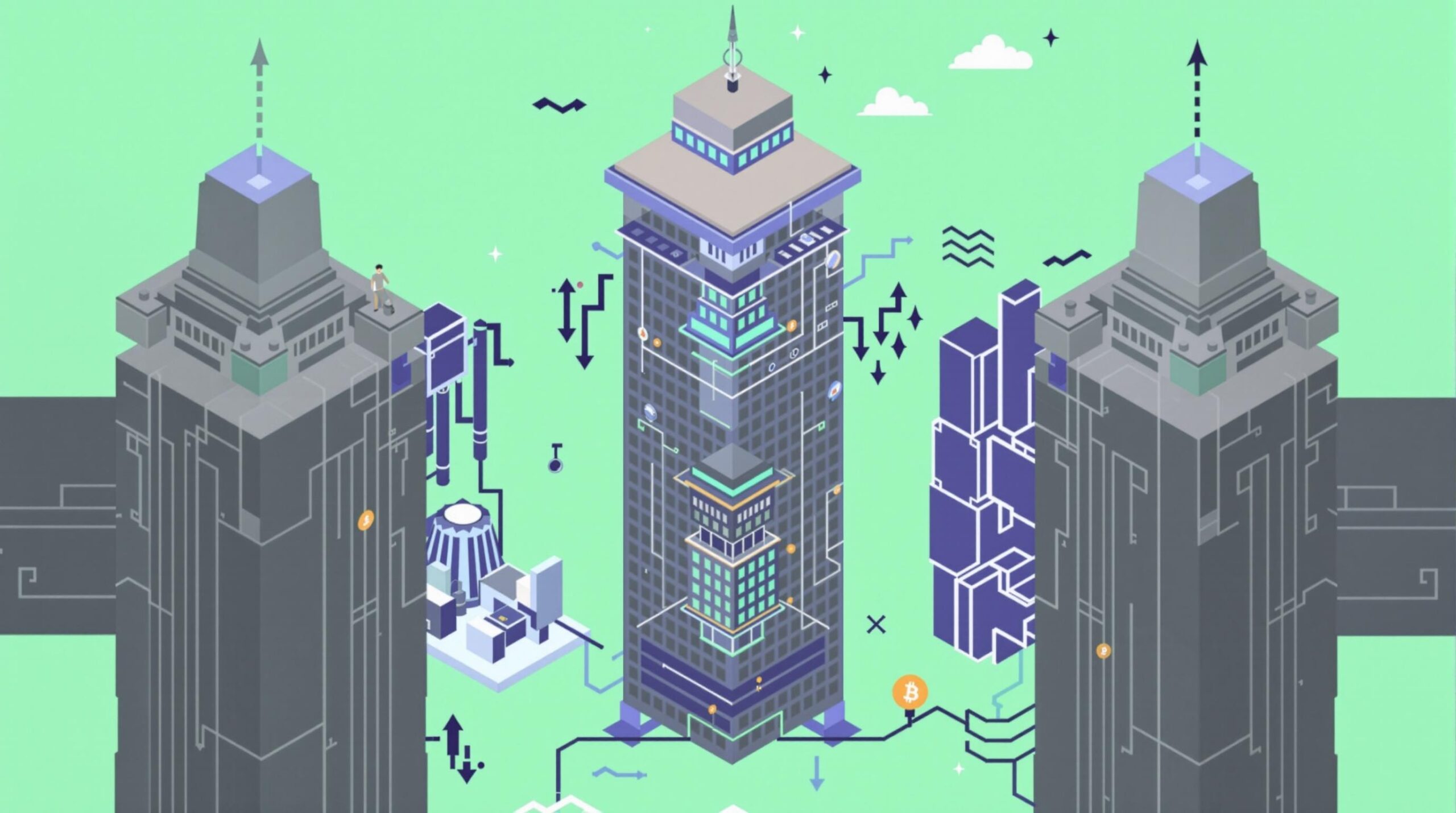
What are some examples of Layer 1 blockchain networks?
Examples of Layer 1 blockchain networks include Bitcoin and Ethereum. These networks serve as the foundational blockchain architecture, offering security and decentralization.
How do Layer 1 blockchains ensure security and decentralization?
Layer 1 blockchains ensure security and decentralization through consensus mechanisms like Proof-of-Work (PoW) and Proof-of-Stake (PoS). These systems rely on a decentralized network of nodes to validate transactions.
How do Layer 2 blockchain solutions improve scalability?
Layer 2 blockchain solutions improve scalability by handling transactions off-chain, which reduces congestion on the main network. Popular methods include sidechains and roll-ups that streamline transaction throughput while preserving the security of the Layer 1 network.
What is the relationship between Layer 1 and Layer 2 blockchains?
Layer 1 and Layer 2 blockchains coexist symbiotically. Layer 1 networks offer a secure foundation, while Layer 2 solutions enhance functionality by improving transaction speed and cost-efficiency, thereby easing the network strain on the primary blockchain.

Additional Practice Areas We Serve
Explore other areas of our legal expertise that complement our focus on blockchain technologies and innovations.
List of Top-Rated Layer 1 and Layer 2 Blockchain Solutions Attorneys Serving Jara
Choosing the appropriate legal representation is crucial in blockchain technology. A seasoned Layer 1 and Layer 2 blockchain solutions attorney ensures you’re equipped to make informed choices at each phase of your project.
1. Sarah T. Blockchain, Layer 1 Specialist
2. Chris N. Crypto, Layer 2 Expert
3. Alex M. Distributed Ledger Innovator
Read Our Client Testimonials
At the forefront of our Layer 1 and Layer 2 blockchain solutions practice is a deep-seated commitment to client satisfaction. Each case is handled with utmost care, as echoed in the appreciative feedback from those we represent.
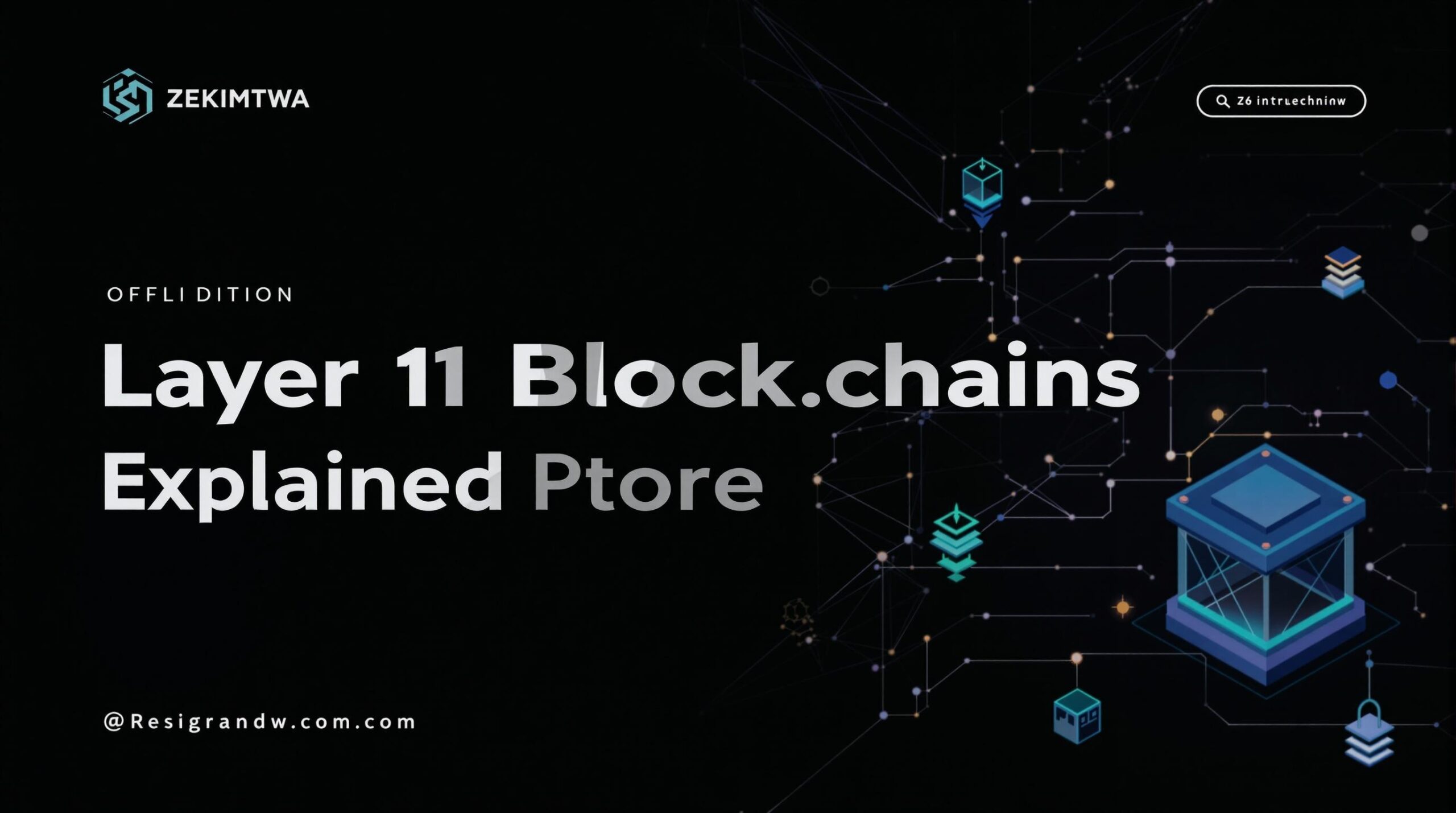
Join the Crypto Revolution with Layer 1 Solutions
Are you ready to navigate the exciting world of blockchain technology with unparalleled expertise? Layer 1 blockchains are revolutionizing how transactions are processed, offering security, speed, and efficiency. At Jara, we’re thrilled to be your guides in this groundbreaking journey.
“Empower your blockchain journey with our expert insights – because innovation deserves excellence.”
Recognized and celebrated for our commitment to quality, we proudly hold positions among top awards that highlight our expertise in blockchain solutions:
- Featured among the “Top Blockchain Innovators of 2023” by Tech Innovators Hub — Recognizing our dedication to cutting-edge blockchain development. Learn more
- Listed in the “Best Blockchain Solution Providers” of 2023 by Digital Finance Arena — A testament to our impactful solutions in digital finance. Explore the awards
- Named a “Pioneer in Blockchain Scalability” by Crypto Future Awards 2023 — Highlighting our role in enhancing blockchain efficiency. View the recognition
- Among the “Leading Blockchain Development Firms” by Blockchain Today, 2023 — Celebrating our team’s expertise and innovative spirit. Read more
- Included in the “Top Innovators in Crypto Law and Technology” by AI Legal Insight 2023 — Showcasing our legal acumen within the blockchain field. Discover the full list
Why wait? Connect with us today to transform your blockchain projects into success stories. Visit our website, or contact Jara directly at [email protected] or call us at 000-000-0000. Let’s chart the future of blockchain innovation together.
Chinyere “Chi” Nnadi Bio
Founder and CEO, Jara | Blockchain Specialist
Content reviewed by Chi Nnadi and his Content Team. Chi is an innovative entrepreneur focused on transforming Africa’s financial landscape through blockchain technology. As Founder and CEO of Jara, he spearheads the development of cutting-edge infrastructure that converts illiquid African assets into digital tokens accessible worldwide. With proprietary Layer-2 blockchain technology, Chi bridges the gap between global investors and Africa’s expanding digital asset market.
Our Content Review Process
Chi Nnadi along with Jara’s dedicated content team, pledge to offer top-notch material. Our content guidelines ensure thoroughness, reputable sources, unbiased scrutiny, among other quality metrics. Please let us know if there is anything you believe to be inaccurate.
